The official announcement has finally arrived after rumors in recent days: the sculptor Alma Allen (Salt Lake City, 1970) will represent the United States at the Venice Biennale 2026 . He will be the star of the U.S. Pavilion. The 2026 U.S. Pavilion exhibition, Alma Allen: Call Me the Breeze, will be managed by commissioner Jenni Parido, founder of the American Arts Conservancy, a new nonprofit organization, and will be curated by Jeffrey Uslip. The pavilion will feature artworks that highlight Allen’s alchemical transformation of matter and explore the concept of “elevation,” both as a physical manifestation of form and as a symbol of collective optimism and self-realization. The artist was chosen because, according to the organizers, she is in line with the Trump administration’s focus on “American excellence,” reads the scanty note announcing the appointment.
Alma Allen is a sculptor. The forms she produces resemble objects of various natures, from bones to planets, from seeds to spirits, giving the impression of being discovered or emerged rather than meticulously crafted. The surfaces of the works reflect a deliberate duality, being sometimes smoothed to a gloss, and sometimes left rough and pockmarked. This is very meticulous and slow work, probably also chosen in accordance with the In minor keys theme of the international exhibition. “Often made from stone, wood or bronze, materials hand-selected from quarries or gathered from the landscapes surrounding his studio,” reads the website of Kasmin Gallery, the gallery representing Allen, “the works emanate a mysterious and ineffable life force. These abstract, biomorphic forms seem talismanic not only because of their atmospheric qualities, but also because of their playfulness: the bronze sculptures appear incredibly malleable, even liquid; the grain of wood and stone is accentuated to highlight their material history. Whatever medium Allen chooses, the final forms of the works and their particular outcroppings and eccentricities seem to have been conjured by the artist during their making, born out of a silent conversation between sculptor and object.”
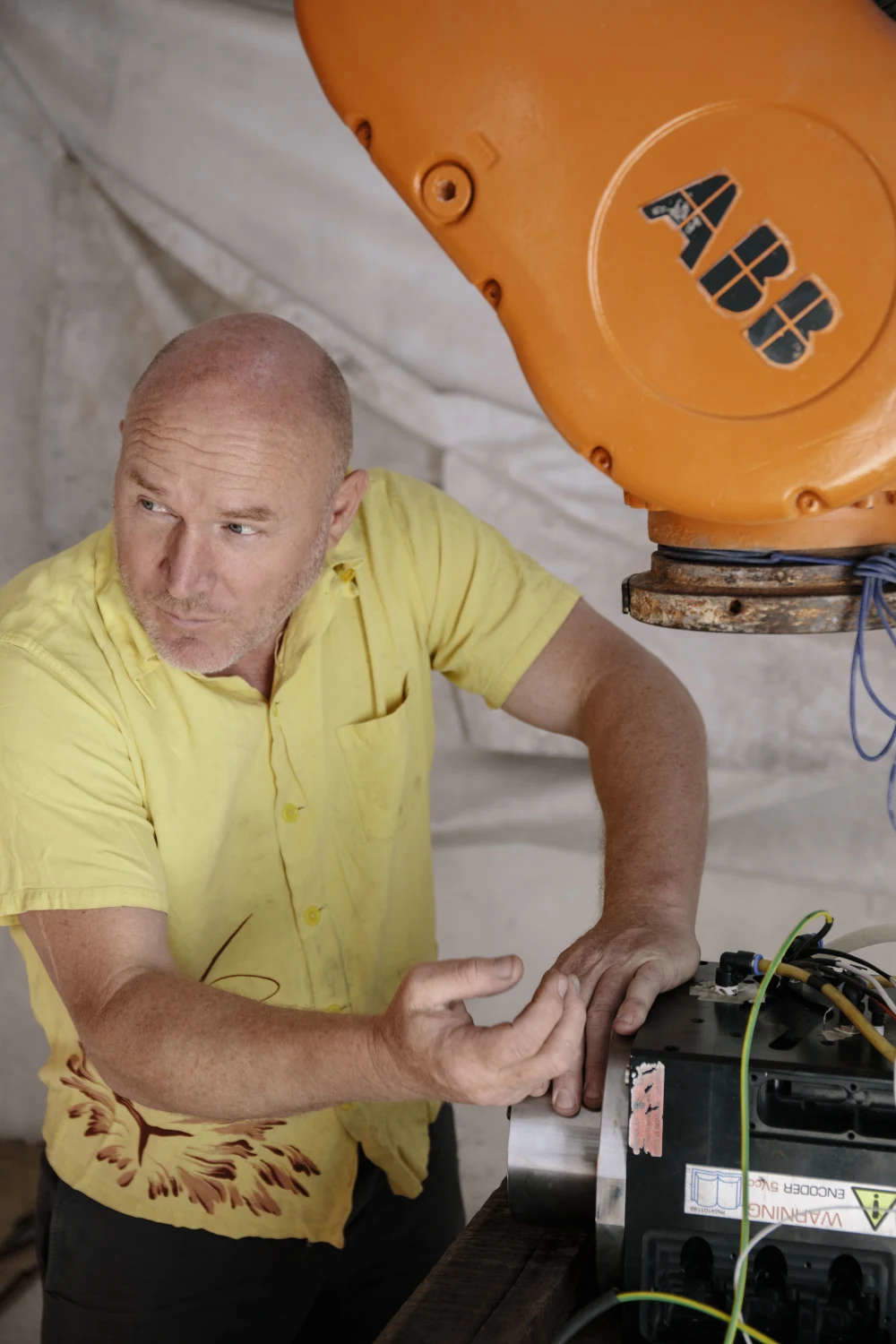
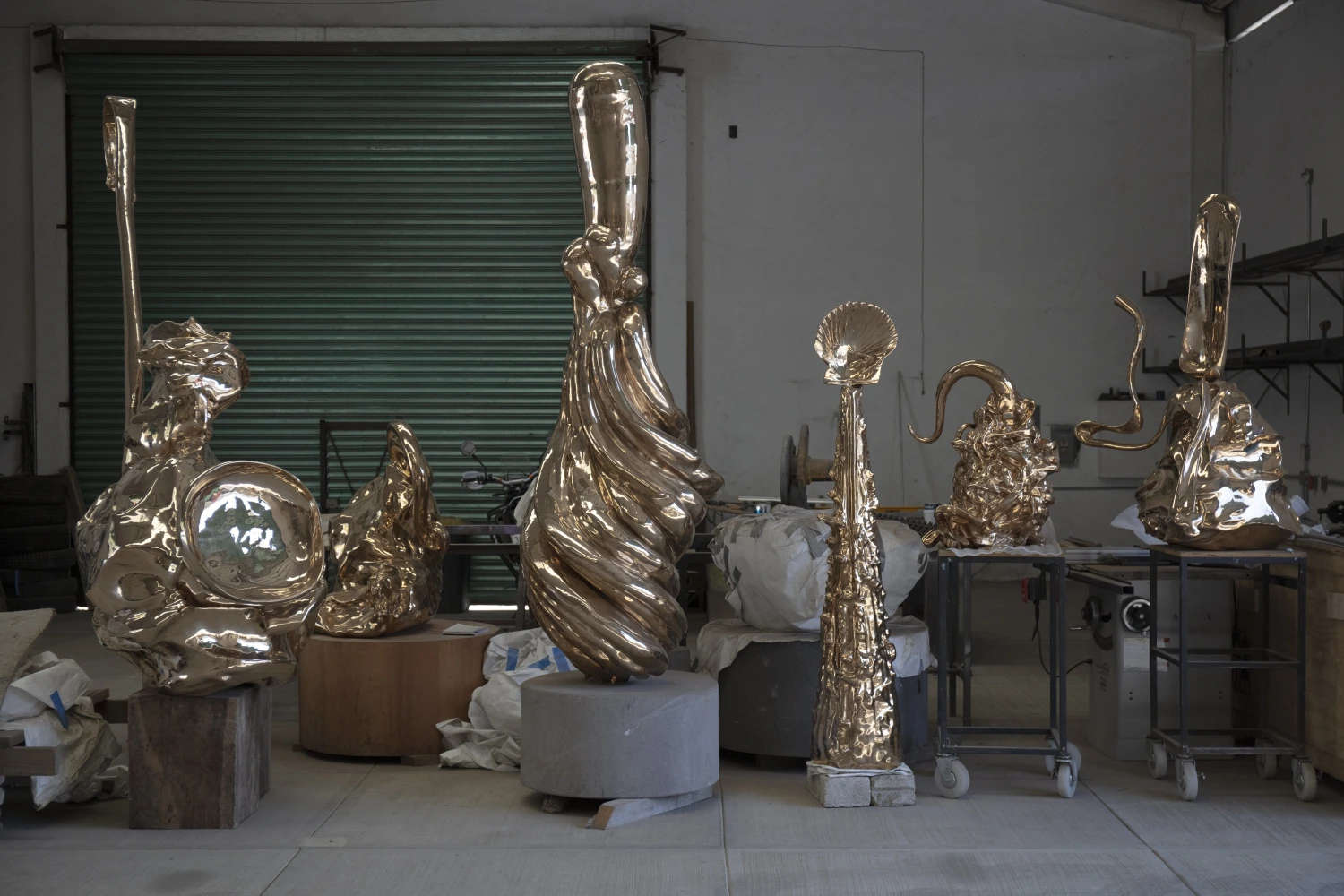

However, despite the formal and meditative quality of Allen’s work, her nomination has been received by some critical voices as a not particularly bright conclusion to an equally disappointing selection process (and, which, moreover, will give the artist very little time to work, since the Biennale opens in six months, and usually the U.S. Pavilion is prepared more than a year in advance). The criticism is not about the intrinsic quality of the works, but about their alleged inability to converse with the current state of the American nation. It would be, according to the critics, fundamentally innocuous art, divorced from any political discourse, and therefore not in line with the tradition of the last US pavilions at the Venice Biennale, which instead have always tried to come to terms with US history. The State Department is responsible for managing the selection process, which explains the bias toward works that do not lend themselves to overly direct or provocative interpretations. The new nonprofit organization responsible for funding, the American Arts Conservancy, would include allies of President Trump, according to some sources. Moreover, the nomination guidelines, as previously reported, had removed all references to diversity and inclusion. The choice of Allen, who will be the first white man to represent the U.S. since 2009, is seen as a fulfillment of that guideline. The official State Department announcement made it clear that Allen’s display will have to align with the Trump administration’s ideological approach.
Allen’s choice, as mentioned, clashes with the critical legacy of recent U.S. pavilions. For example, in 2024, Jeffrey Gibson had brought the languages and colors of Native communities to Venice. In 2022, Simone Leigh had covered the facade of the pavilion with straw, evoking the materials used for African pavilions at the 1931 Paris Colonial Exposition in a gesture of criticism of colonialism and empire. Similarly, Martin Puryear, in 2019, had addressed the legacy of slavery with a work that paid tribute to Sally Hemings, questioning the neoclassical ideals symbolized by the architecture of the Pavilion itself. These examples imply a direct confrontation with the dark pages of U.S. history, an approach unlikely to be found in Allen’s installation. Moreover, Allen’s choice came after an earlier project, which was to have involved sculptor Robert Lazzarini, had been discontinued. Lazzarini’s proposal included sculptures of U.S. national symbols, such as flags and a statue of George Washington, digitally distorted according to his anamorphic style. Although Lazzarini’s project initially succeeded in gaining State Department approval, demonstrating the possibility of presenting contemporary art with a political tone while still meeting new nonpolitical guidelines, the artist attributed the project’s discontinuation to bureaucratic problems.

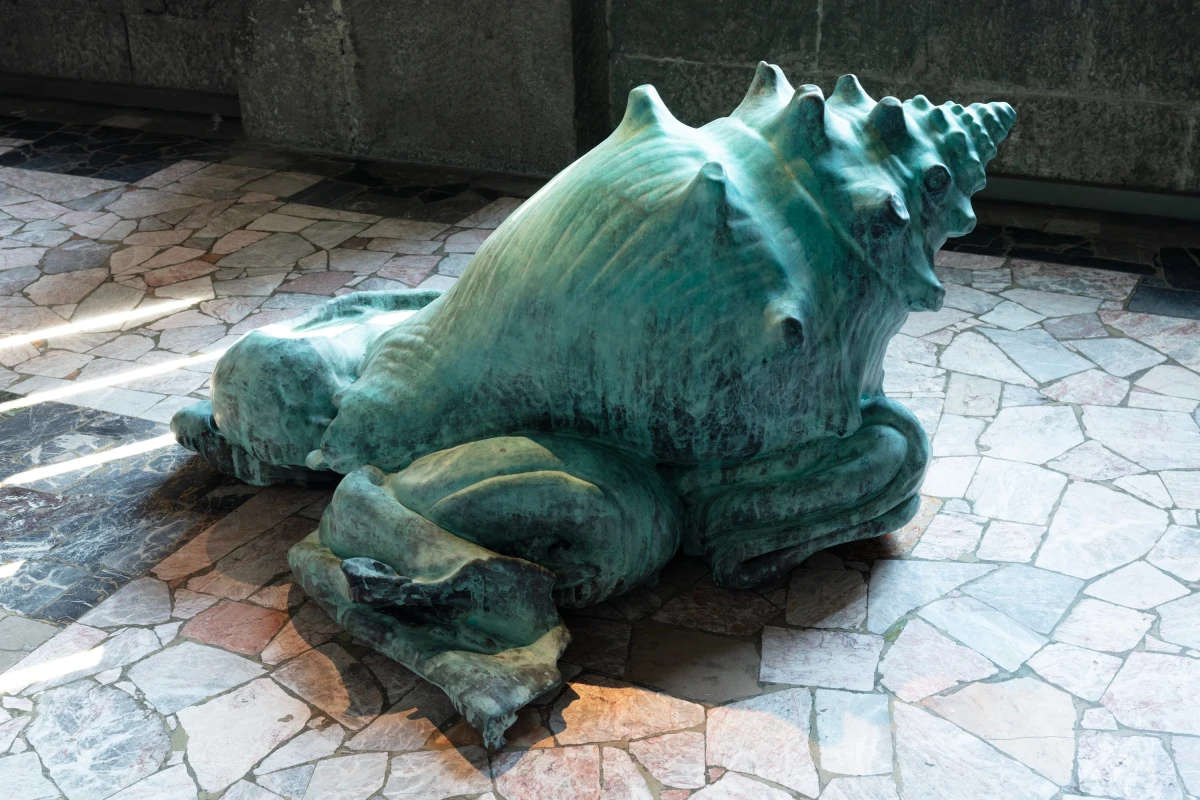
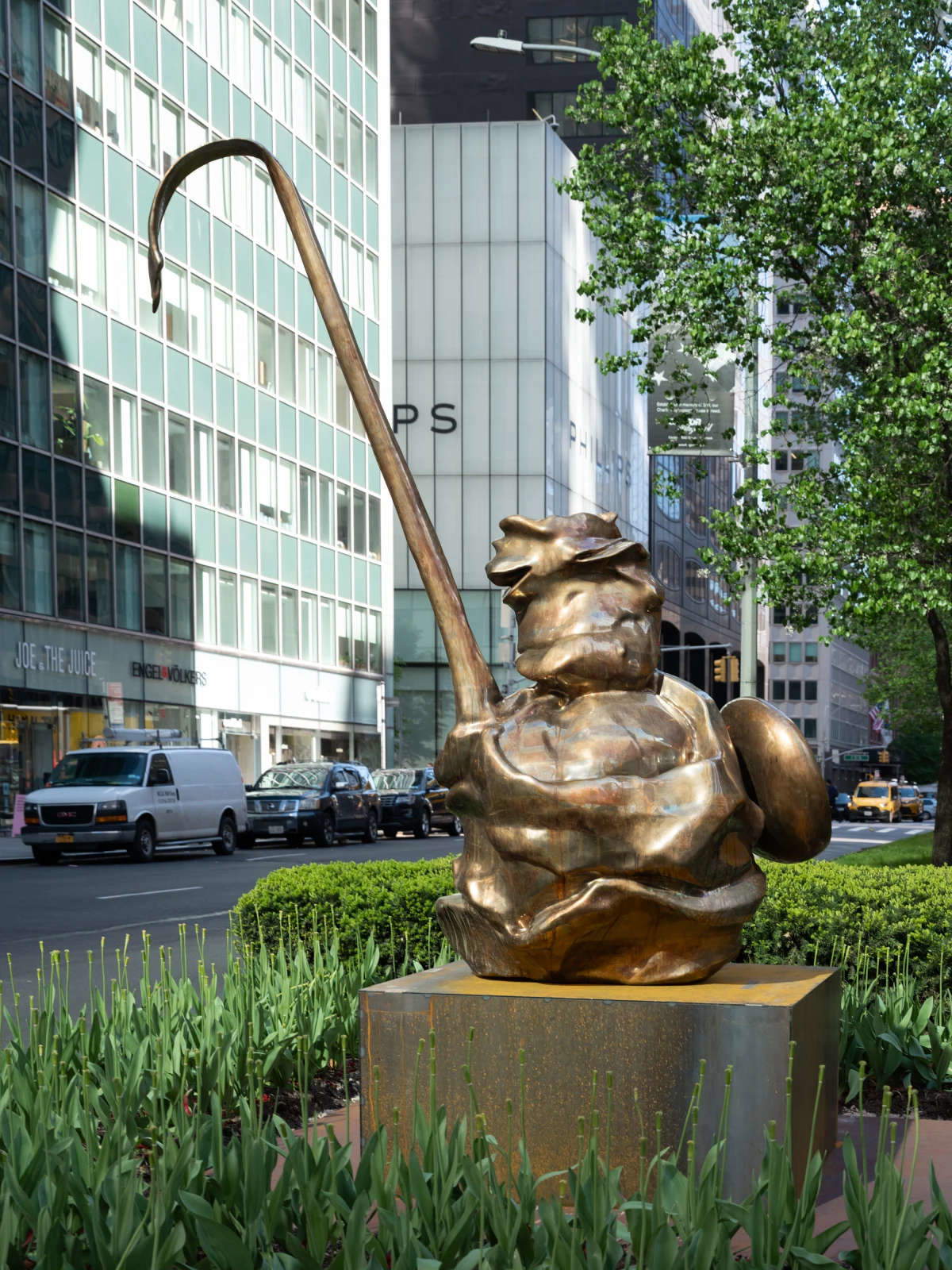
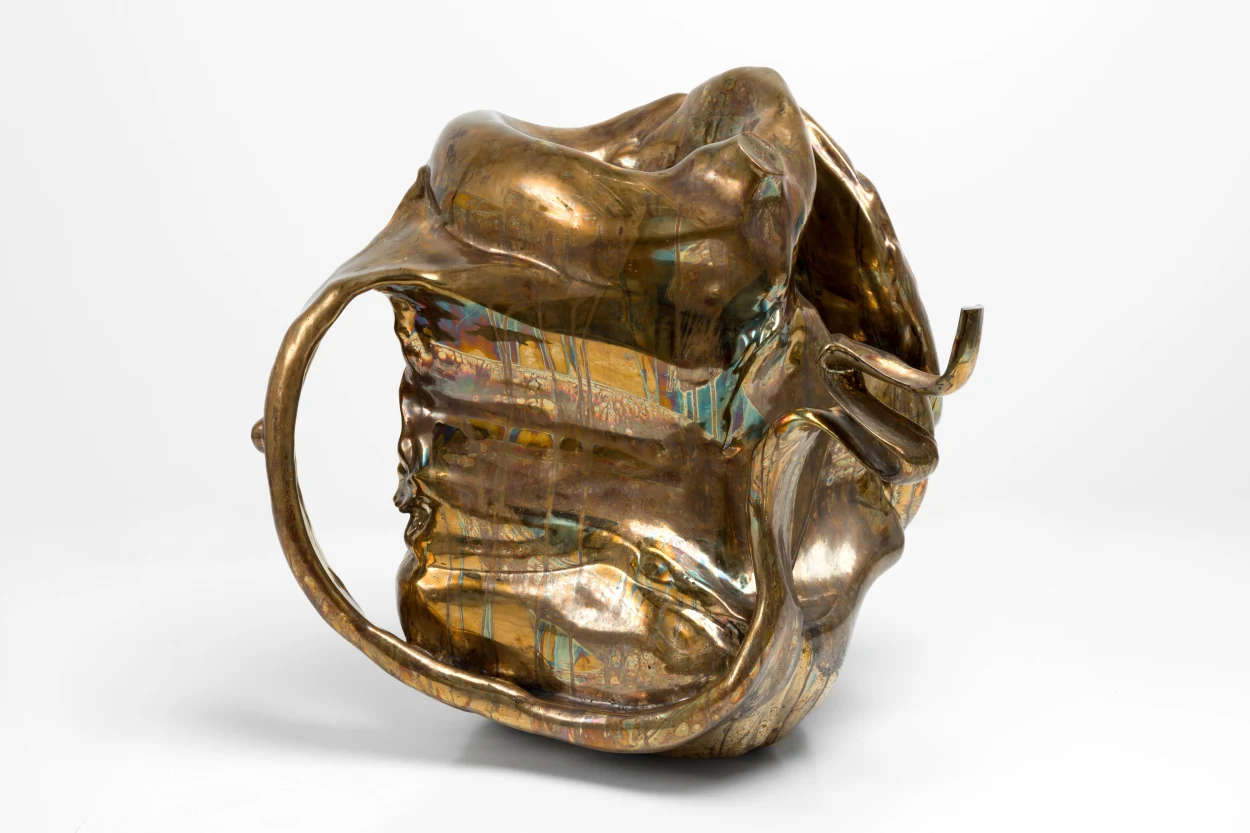
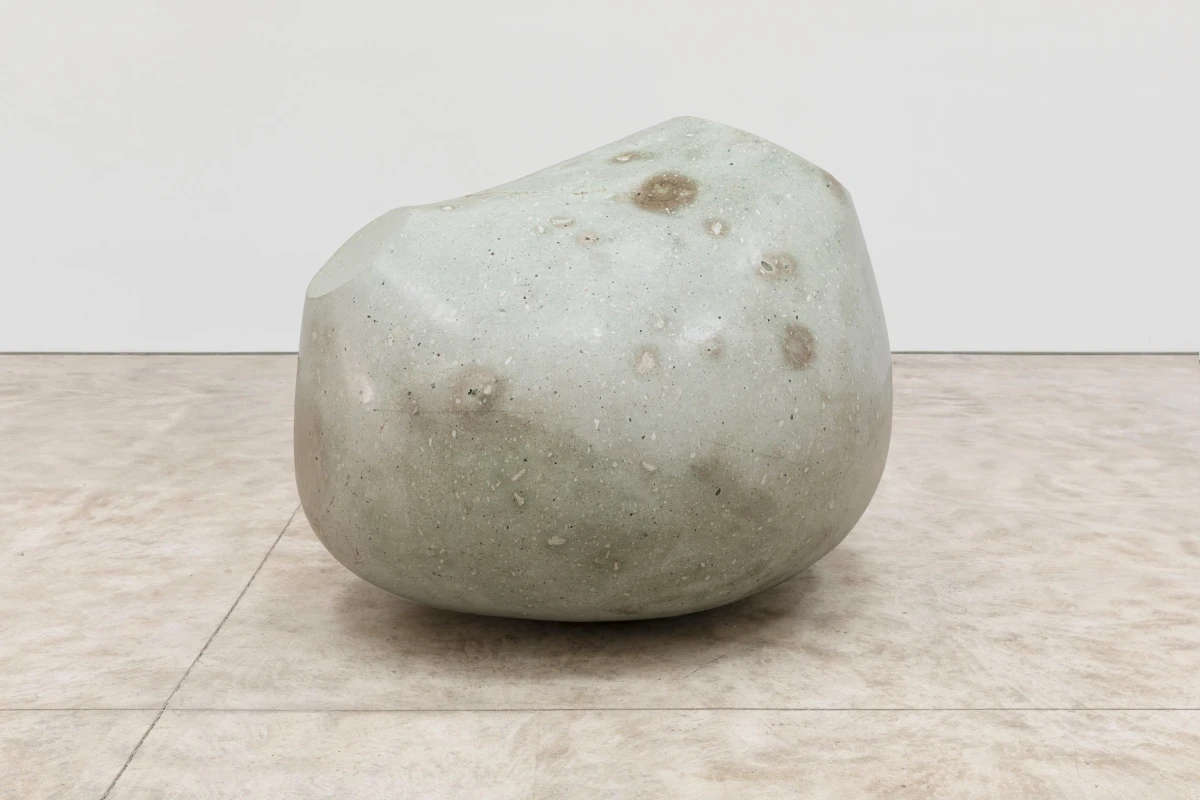
Alma Allen is originally from Salt Lake City, Utah, but has resided in Mexico, in Tepoztlán, since 2017, maintaining a rigorous solo practice. Her work is often juxtaposed with modernism, particularly figures like Constantin Brâncuși. Allen’s sculptures, in turn, use traditional materials such as marble, wood and volcanic rock or bronze, but also employ modern technology, including digital assistance and, according to a 2014 statement, the use of a “robot.”
Allen wants his work to appear ancient while maintaining a contemporary feel, expressing that he has never perceived a clear separation between the ancient and the modern, a position interpreted by some as close to conservatism. At the U.S. Pavilion, the artist plans to exhibit about 30 sculptures, including a series of new site-specific works, one of which will be placed outside in the Pavilion plaza.
 |
| Alma Allen will represent the U.S. at the Venice Biennale 2026. Critics |
Warning: the translation into English of the original Italian article was created using automatic tools. We undertake to review all articles, but we do not guarantee the total absence of inaccuracies in the translation due to the program. You can find the original by clicking on the ITA button. If you find any mistake,please contact us.